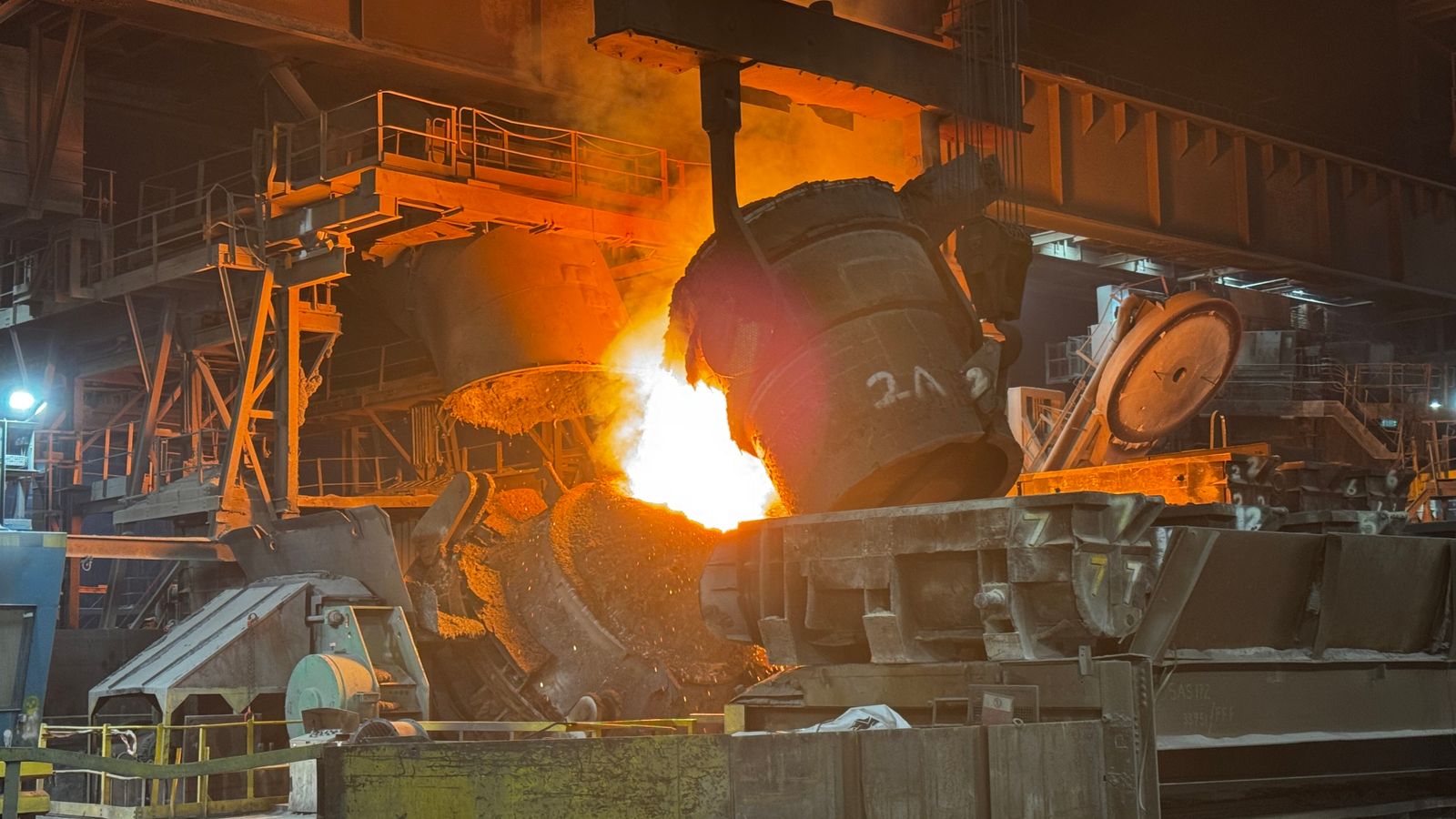
Your EV might show 40% charge left, but that doesn’t always mean you’ll make it over that mountain pass with the heater blasting at 65 mph. Engineers at the University of California, Riverside (UCR) have built a new tool designed to replace that uncertainty with real range confidence.
Their new diagnostic tool, State of Mission (SOM), gives a more useful answer than a simple state of charge. Instead of just showing how full the battery is, SOM tells you whether your EV can safely and reliably complete a specific trip, factoring in elevation, traffic, temperature, and your driving style. Details of this research have been published in the journal iScience.
“It’s a mission-aware measure that combines data and physics to predict whether the battery can complete a planned task under real-world conditions,” said Mihri Ozkan, a UCR engineering professor who helped develop the system.
Smarter than today’s battery gauges
Today’s battery management systems rely on either rigid physics equations or opaque AI models. UCR’s SOM combines both approaches, blending the adaptability of machine learning with the reliability of electrochemistry and thermodynamics. The hybrid model “learns” from how batteries behave over time – how they charge, discharge, and heat up – but stays grounded in physical reality so it can handle surprises like sudden cold snaps or steep climbs.
“By combining them, we get the best of both worlds: a model that learns flexibly from data but always stays grounded in physical reality,” said Cengiz Ozkan, UCR engineering professor and co-lead researcher.
Tested with NASA and Oxford data
The team tested SOM using NASA and Oxford University public datasets that included real-world battery performance. These contained charge and discharge cycles, temperature shifts, voltage data, and long-term trends. Compared to conventional diagnostic tools, SOM slashed prediction errors by 0.018 volts for voltage, 1.37C for temperature, and 2.42% for state of charge.
“It transforms abstract battery data into actionable decisions, improving safety, reliability, and planning for vehicles, drones, and any application where energy must be matched to a real-world task,” Mihri Ozkan said.
The system is still in development, and one of its main challenges is that it requires more computing power than typical lightweight EV battery systems can currently handle. However, the UCR team is confident that with optimization, SOM could be integrated into EVs, drones, and grid storage.
They’re also exploring how SOM can work with new battery chemistries like sodium-ion, solid-state, and flow batteries.
“The same hybrid approach can improve reliability, safety, and efficiency across a wide range of technologies from cars and drones to home battery systems and even space missions,” said Cengiz Ozkan.
Read more: 6 ways to get the best range from your EV in winter

The 30% federal solar tax credit is ending this year. If you’ve ever considered going solar, now’s the time to act. To make sure you find a trusted, reliable solar installer near you that offers competitive pricing, check out EnergySage, a free service that makes it easy for you to go solar. It has hundreds of pre-vetted solar installers competing for your business, ensuring you get high-quality solutions and save 20-30% compared to going it alone. Plus, it’s free to use, and you won’t get sales calls until you select an installer and share your phone number with them.
Your personalized solar quotes are easy to compare online and you’ll get access to unbiased Energy Advisors to help you every step of the way. Get started here.
FTC: We use income earning auto affiliate links. More.
















